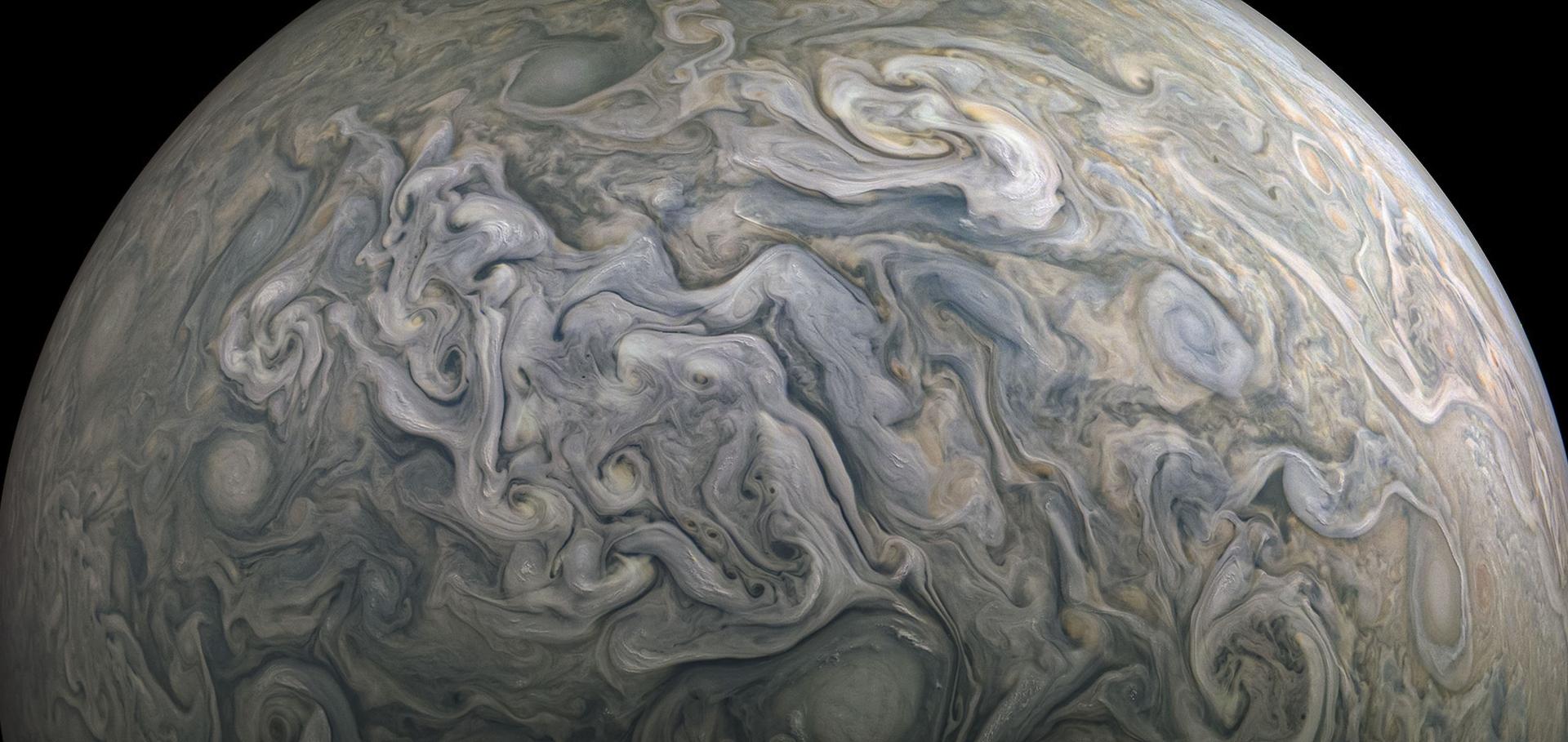A climatology of meteorological droughts in New England, Australia, 1880–2022
Journal of Southern Hemisphere Earth Systems Science CSIRO Publishing 75:3 (2025) null-null
Abstract:
From 2017 to 2019, vast swathes of eastern Australia were affected by the severe and devastating Tinderbox Drought. Here, we present the first extended drought climatology for New England, spanning 1880 to 2022, and explore trends in drought characteristics over the past 142 years. We use newly recovered historical temperature and rainfall observations, the latest version of the Australian Bureau of Meteorology’s gridded rainfall dataset and a global gridded extreme dataset to assess changes in precipitation signatures and temperature events during droughts. Our analysis identifies 32 meteorological droughts from 1880 to 2022, lasting from 7 months to over 7 years. The climatology also reveals a change in the nature of drought, with a shift from events characterised by warm season rainfall deficiencies to events with greater rainfall reduction in the cool half of the year. Despite this shift, we also find a significant decrease in the number of cold extremes occurring during droughts, and an increase in hot extremes. Droughts in New England have been associated with a greater than average frequency of cold nights and frost days, but this relationship has weakened over recent decades. Conversely, they are generally associated with a greater than average frequency of hot days, a relationship that has increased over time. The Tinderbox Drought was the second-most extreme meteorological drought for New England in terms of rainfall deficit and drought severity, and was associated with the highest number of extreme warm temperature events. The new drought climatology for New England can now be used to provide regional drought information for decision makers and the community.Convective mass flux and cloud anvil development in km-scale climate models
Copernicus Publications (2025)
Past and future coastal flooding in Pacific Small-Island Nations: insights from the Pacific Sea Level and Geodetic Monitoring (PSLGM) Project tide gauges
Journal of Southern Hemisphere Earth Systems Science CSIRO Publishing 72:3 (2022) 202-217
Revisiting the 1888 Centennial Drought
Proceedings of the Royal Society of Victoria CSIRO Publishing 132:2 (2020) 49-64


